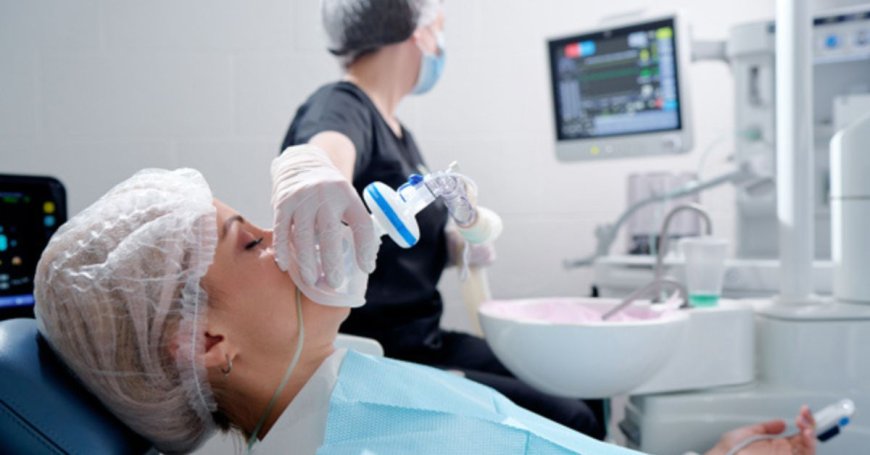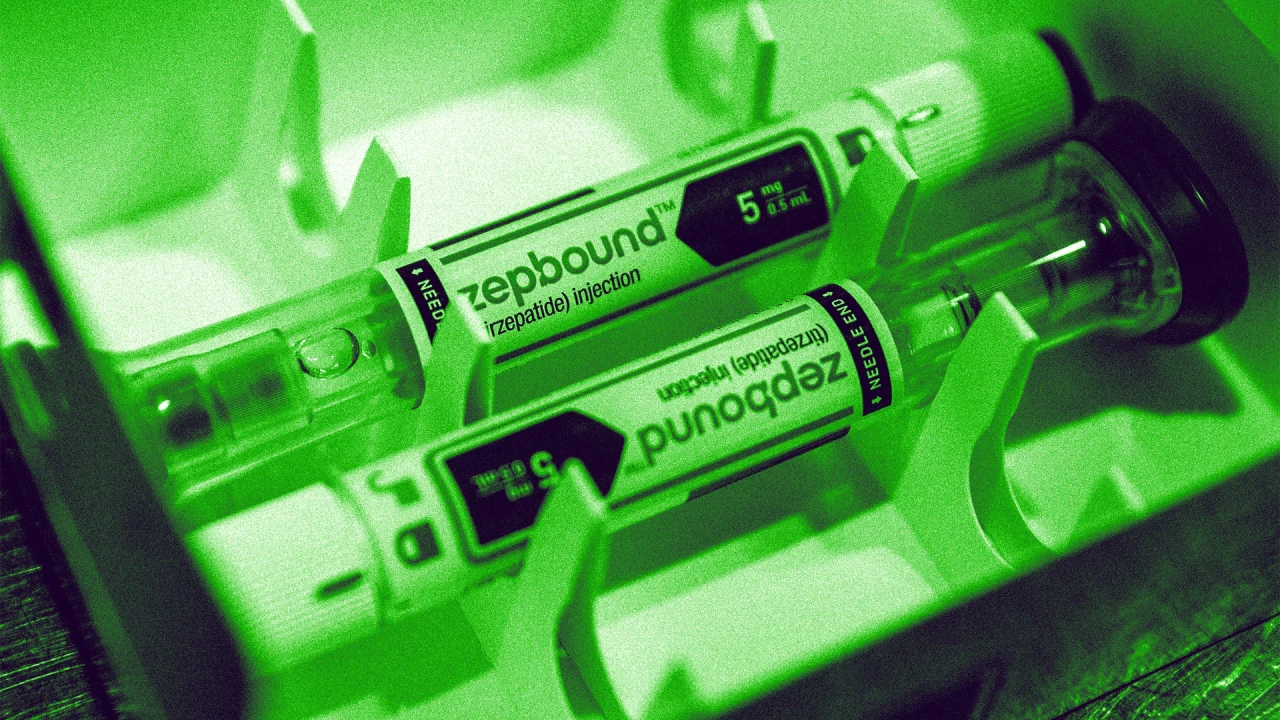How Sedation Dentistry Is Transforming Patient Care
Discover how sedation dentistry is reshaping oral care by reducing anxiety, enhancing patient experience, and improving clinical outcomes.

Sedation dentistry has emerged as a pivotal advancement in oral health care, allowing patients to undergo complex procedures with minimal discomfort and anxiety. By integrating pharmacological techniques into routine dental practice, clinicians can offer a calmer, more controlled treatment environment. This evolution not only benefits patients who are fearful of dental visits but also enhances the efficiency and success of dental treatments.
The Rise of Sedation in Modern Dentistry
Over the past two decades, dental professionals have increasingly adopted sedation methods to address patient apprehension. What began as limited use of nitrous oxide has expanded to include oral sedatives, intravenous sedation, and general anesthesia.
This growth is driven by a deeper understanding of pain pathways, patient psychology, and advances in pharmacology. As more dentists receive specialized training, sedation becomes a standard option rather than an exception, ensuring that more individuals can access essential oral care without enduring undue stress.
Addressing Dental Anxiety Through Sedation
Dental anxiety affects an estimated 10 to 20 percent of the population and can lead to avoidance of necessary treatments. Sedation dentistry offers a bridge over this barrier, creating an atmosphere of relaxation while preserving safety.
For example, minimal sedation using inhaled nitrous oxide, often called laughing gas, allows patients to remain conscious yet at ease.
On the other hand, deeper levels of sedation, such as moderate or intravenous sedation, can render patients semi-responsive to verbal stimuli, greatly reducing memory of the procedure. By tailoring sedation levels to individual needs, practitioners can foster trust and encourage regular dental visits.
A Closer Look at Sedation Techniques
Dental sedation techniques can be categorized by depth and delivery method. Oral sedation involves administering a sedative pill prior to treatment, providing a mild to moderate calming effect. IV sedation courses for dentists ensure clinicians are competent in administering intravenous agents safely and monitoring patient vital signs throughout the procedure.
Inhalation sedation utilizes a blend of nitrous oxide and oxygen, offering rapid onset and recovery. For more extensive procedures or highly anxious patients, deep sedation or general anesthesia may be used under the supervision of an anesthesiologist. Each technique carries its own risk profile and requires specific training to maintain patient safety.
Training and Certification Essentials
Proper education is fundamental to the safe practice of sedation dentistry. Clinicians must understand pharmacodynamics, airway management, and emergency protocols. Comparing life support certifications like ACLS vs BLS provides insight into the level of resuscitation skills required in different sedation scenarios.
Basic Life Support (BLS) training equips dental teams to manage common emergencies such as airway obstruction, while Advanced Cardiac Life Support (ACLS) covers more complex interventions, making it indispensable for higher sedation levels. Selecting the appropriate certification and staying current through renewal courses ensures that dental professionals remain prepared for any eventuality.
Integrating Continuing Education
Continuing education is essential for maintaining competency in sedation techniques and staying up-to-date with emerging best practices. Participation in live dental CE courses allows practitioners to engage with experts, practice hands-on skills, and discuss case studies.
These courses cover topics such as sedation pharmacology updates, patient monitoring technologies, and management of sedation-related complications. By committing to ongoing professional development, dental teams uphold the highest standards of patient care and adapt to evolving guidelines set by regulatory bodies.
Benefits Beyond Comfort
While the primary goal of sedation dentistry is to alleviate pain and anxiety, its advantages extend further. Sedated patients often require fewer appointments, as longer or more complex procedures can be completed in a single session.
This consolidation reduces overall treatment time and can decrease the likelihood of infection associated with multiple visits. Moreover, improved patient comfort may lead to better cooperation, allowing clinicians to achieve more precise results. Collectively, these benefits contribute to higher patient satisfaction and loyalty to dental practices.
Overcoming Challenges and Misconceptions
Despite its advantages, sedation dentistry faces challenges, including potential risks and public misconceptions. Some patients worry about losing control or experiencing side effects. Clear communication about sedation levels, expected sensations, and recovery times helps dispel unfounded fears.
Clinicians must also conduct thorough medical evaluations to identify contraindications such as certain cardiovascular conditions or medications that interact with sedatives. By implementing rigorous screening protocols and informed consent processes, dental teams can mitigate risks and ensure that sedation remains a safe option for eligible patients.
The Future of Sedation in Oral Health
Looking ahead, technological advancements promise to refine sedation practices further. Innovations in patient monitoring, such as real-time capnography and noninvasive hemodynamic assessment, enhance safety by providing continuous feedback on respiratory and cardiovascular status.
Research into new sedative agents may yield compounds with quicker onset and shorter recovery periods. Integration of telemedicine could allow pre-procedure consultations and post-sedation monitoring, increasing access to sedation services in underserved communities. As these developments unfold, sedation dentistry will continue to evolve, cementing its role as a cornerstone of patient-centered oral care.
Conclusion
Sedation dentistry represents a transformative shift in how dental care is delivered, prioritizing patient comfort and safety. By offering tailored sedation options, expanding clinician training, and embracing innovation, the dental profession ensures that more individuals can achieve optimal oral health without the barrier of fear.
As awareness and acceptance grow, sedation dentistry will play an increasingly integral role in promoting regular dental visits, improving treatment outcomes, and enhancing overall patient well-being.
Frequently Asked Questions
What is the difference between minimal sedation and moderate sedation?
Minimal sedation allows patients to respond normally to verbal commands and typically involves inhaled nitrous oxide. Moderate sedation reduces consciousness more significantly, often administered orally or intravenously, and may impair memory of the procedure.
How long does it take to recover from IV sedation?
Recovery time varies by individual and sedative used but generally ranges from one to two hours. Patients are monitored until vital signs stabilize and consciousness returns, after which they should arrange transportation home.
Is sedation dentistry covered by insurance?
Coverage depends on the patient’s insurance policy and the level of sedation required. Some plans include sedation for medically necessary procedures, while others may consider it elective. Patients should consult their provider for specifics.
Can all dentists offer sedation services?
Not all dentists are qualified to provide sedation. Clinicians must complete specialized training and certifications, such as BLS and in some cases ACLS, to administer sedation safely and meet regulatory standards.
How can ongoing education improve sedation safety?
Engaging in live dental CE courses keeps practitioners updated on the latest sedation protocols, emergency management techniques, and technology advancements, which collectively enhance patient safety and treatment effectiveness.





































































![https //g.co/recover for help [1-866-719-1006]](https://newsquo.com/uploads/images/202506/image_430x256_684949454da3e.jpg)




























![[PATREON EXCLUSIVE] The Power of No: How to Say It, Mean It, and Lead with It](https://tpgblog.com/wp-content/uploads/2025/06/just-say-no.jpg?#)





















































